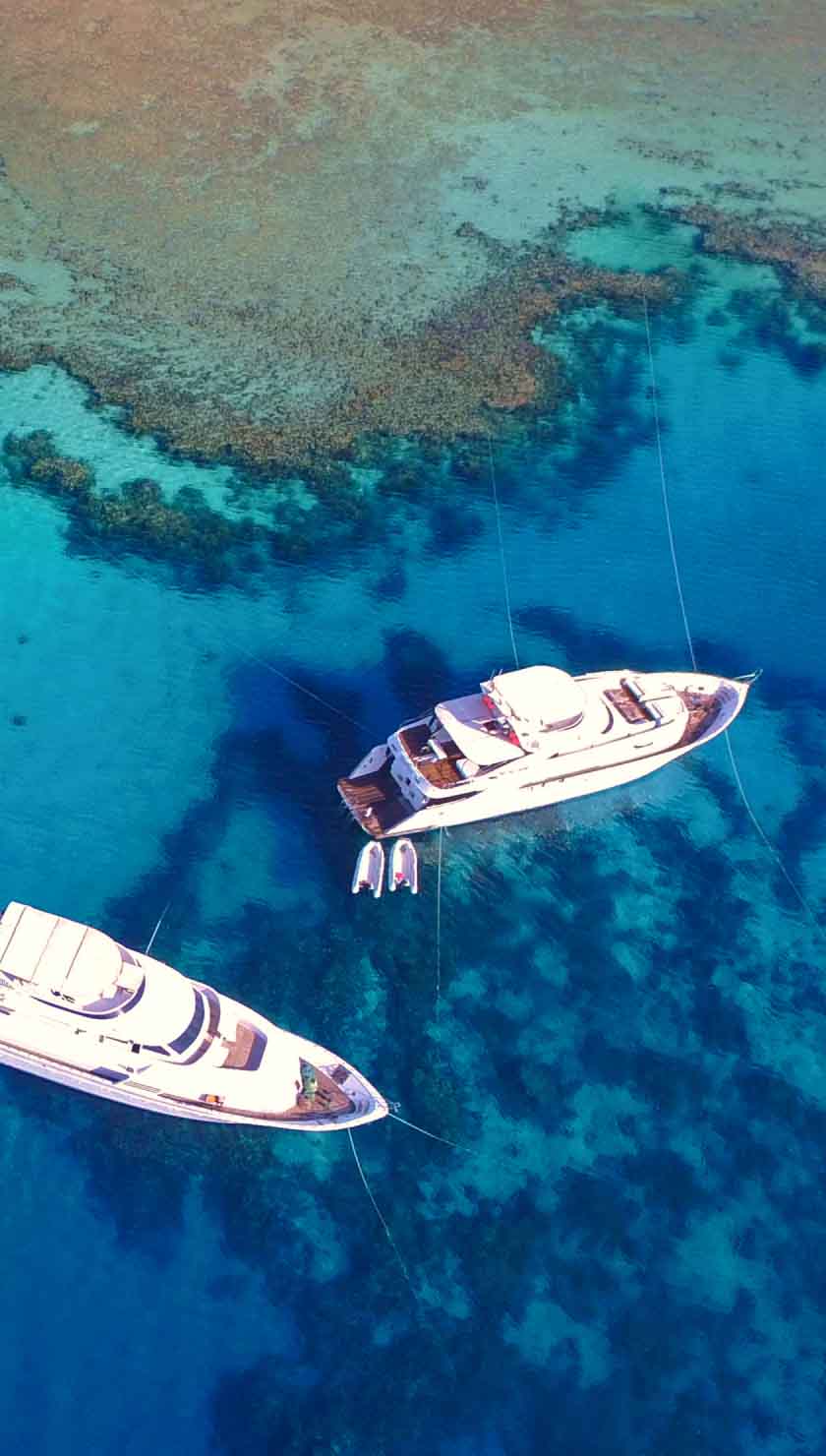Red Sea Diving Seasons: When to Visit for Wrecks, Reefs, and Sharks
Sunlight filters through cobalt waters as schools of anthias swirl above coral plateaus and a shadowy wreck emerges from the depths. The Red Sea, separating Africa from the Arabian Peninsula, is one of the world’s most accessible and exhilarating dive regions. With year-round warm waters and a wide range of dive sites — from pristine reefs to legendary wrecks — Egypt’s Red Sea coast attracts divers of all levels. But timing your trip well can elevate your experience from great to unforgettable. Here’s when to go, what to see, and where to dive in the Egyptian Red Sea.
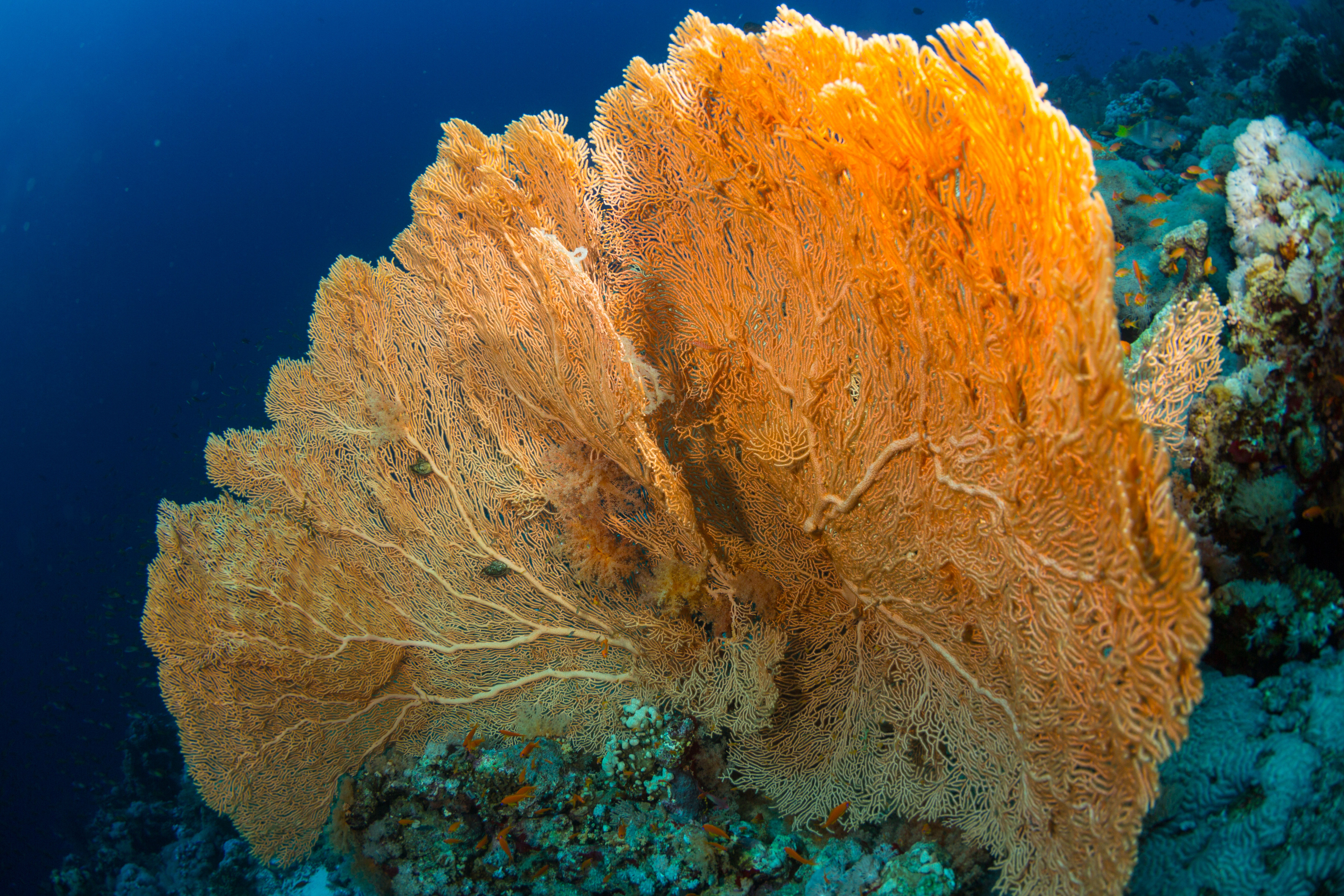
Quick Summary
- Best time to dive: March to May and September to November
- Water temperature: 21–30°C (70–86°F)
- Visibility: 20 to 40 meters (65–130 feet)
- Marine highlights: Oceanic whitetip sharks, hammerheads, dolphins, coral gardens, shipwrecks
- Season type: Year-round diving, with peak conditions in spring and autumn
Diving Seasons in the Red Sea
Spring and Autumn (March to May, September to November)
These shoulder seasons offer the ideal blend of calm seas, warm water, and vibrant marine life. Visibility is at its best, reaching 30 meters or more, and air temperatures are warm but not oppressive. Currents are moderate, which makes this an excellent time for both novice and experienced divers. Many liveaboards offer extended itineraries to the Brothers Islands, Daedalus Reef, and Elphinstone Reef, where sightings of oceanic whitetip sharks, thresher sharks, and hammerhead sharks are common.
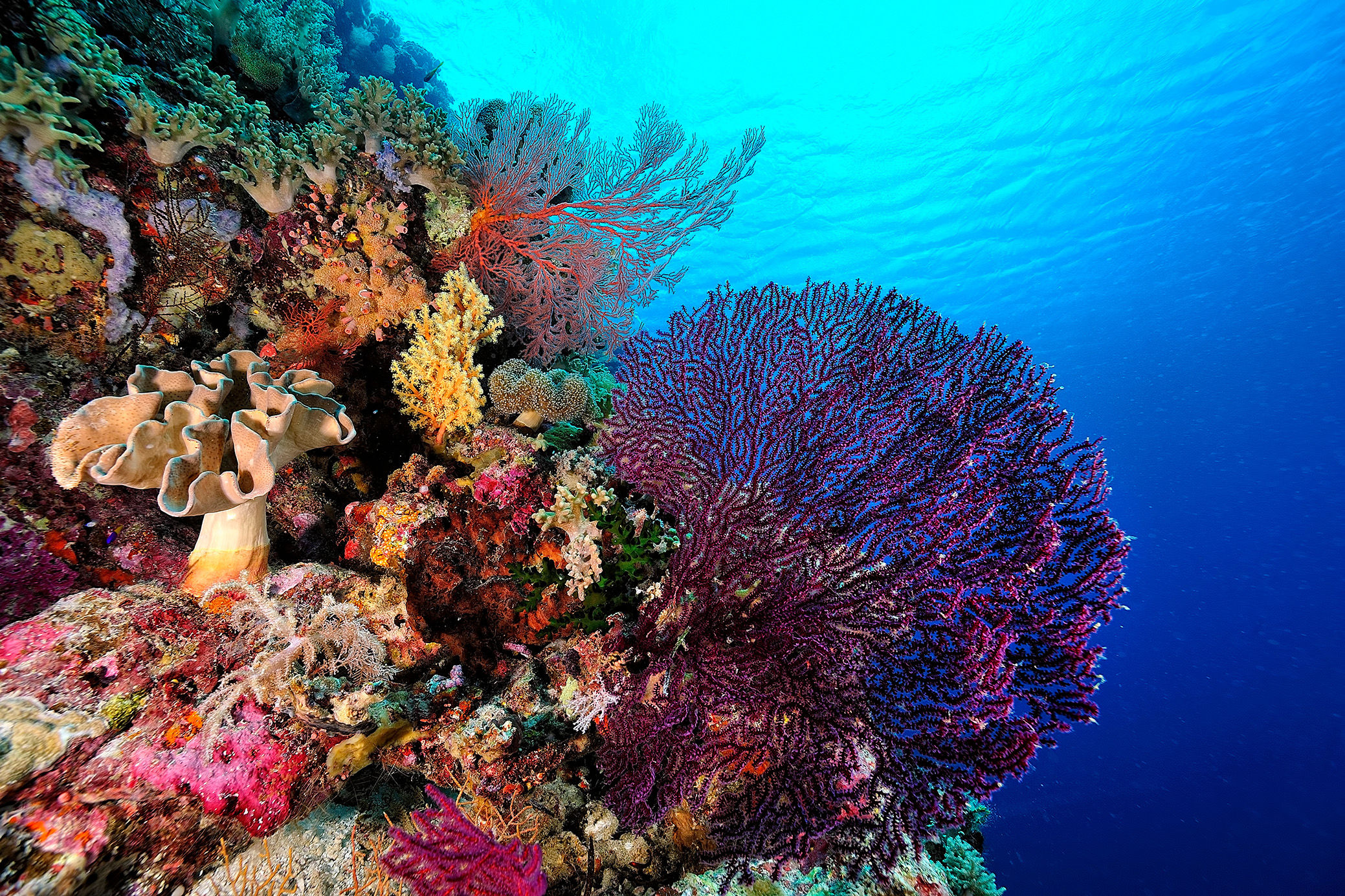
Coral reefs burst with color, and pelagic activity increases, particularly in offshore dive sites. Wreck lovers will also enjoy exploring the Thistlegorm and Giannis D under clear conditions with good light penetration for photography.
Summer (June to August)
Diving in summer means warm water — up to 30°C in shallow areas — and generally good visibility. This is the high season for European travelers, and many resort towns, such as Hurghada and Sharm el-Sheikh, are bustling with activity. The trade-off is hotter air temperatures and potentially stronger sun exposure during surface intervals.

Liveaboards operate frequently in the southern Red Sea during this time, taking advantage of long days and calm crossings to reach remote sites like St. John’s, Rocky Island, and Zabargad. Shark sightings can be excellent, especially in deeper areas around Daedalus and Elphinstone, although plankton blooms may occasionally affect clarity.
Winter (December to February)
Winter is still a viable season for diving the Red Sea, especially in the south. Water temperatures typically range from 21 °C to 23°C, so a 5 mm wetsuit (or even a 7 mm wetsuit for some divers) is recommended. Windy conditions can sometimes limit access to offshore sites, particularly around Ras Mohammed and the Straits of Tiran.
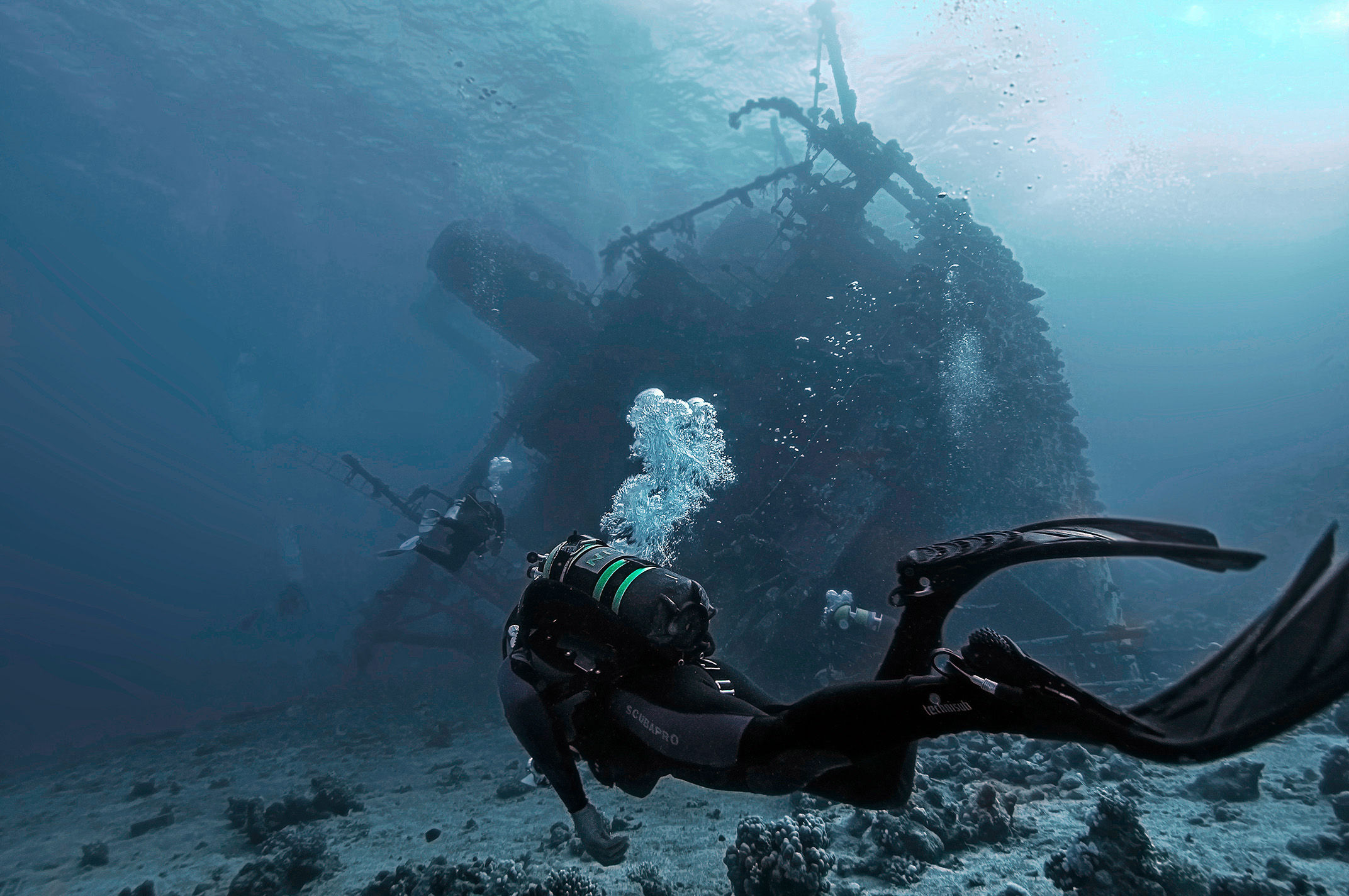
That said, this is the quietest time in terms of tourism, which means fewer divers at popular reefs and wrecks. For macro photographers and those seeking solitude underwater, winter in the Red Sea has its own appeal.
Marine Life Highlights
The Red Sea is teeming with life. Expect encounters with moray eels, lionfish, barracuda, turtles, and an astonishing variety of reef fish on nearly every dive. Its coral diversity is among the richest in the world, thanks to its warm, isolated waters and minimal runoff from rainfall.
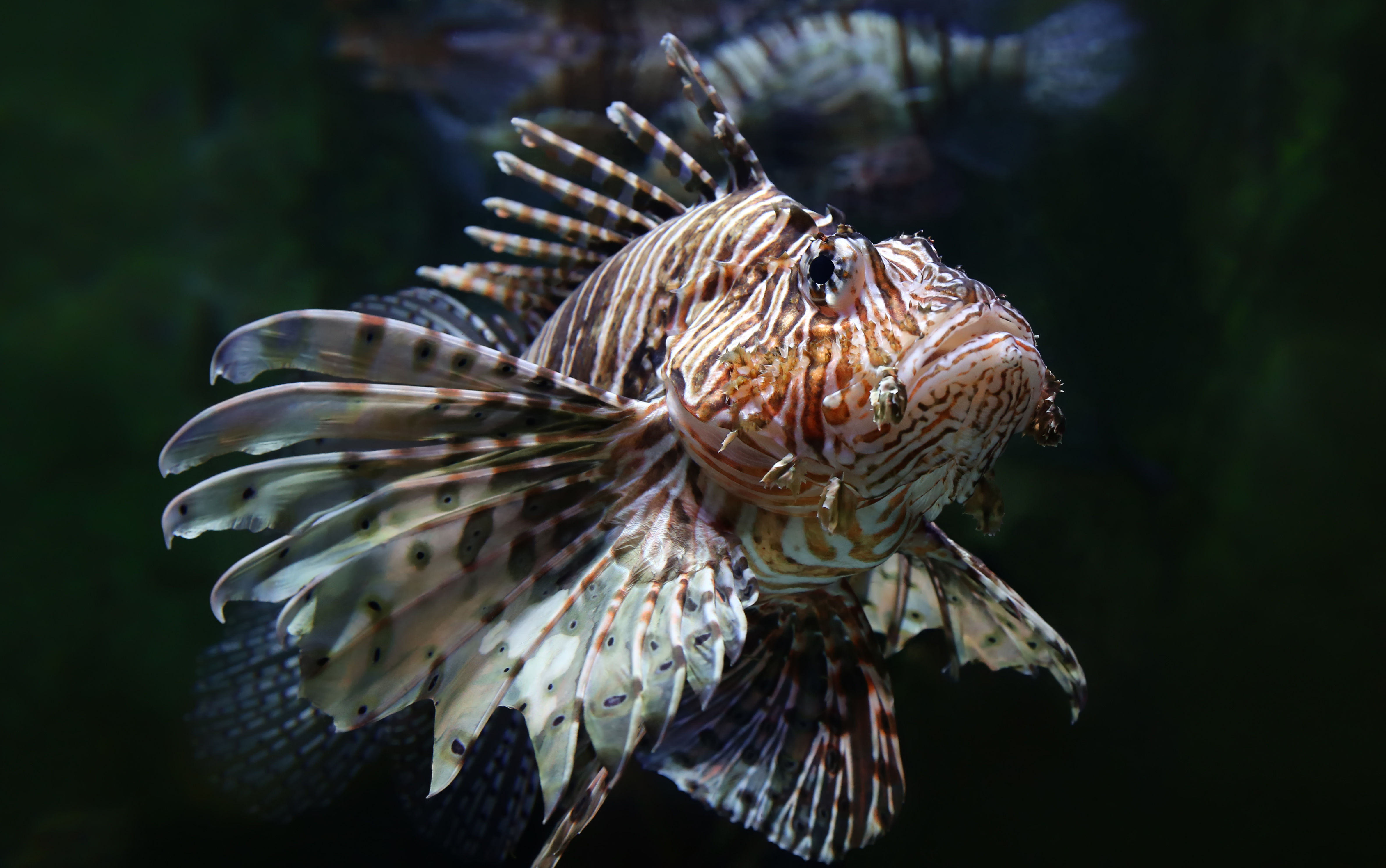
From June to November, divers heading to offshore sites like Daedalus Reef and Elphinstone Reef have a good chance of spotting oceanic whitetip sharks, grey reef sharks, and even scalloped hammerheads. The Brothers Islands are known for thresher sharks, especially in the early morning.
Wreck divers can explore the legendary SS Thistlegorm, a World War II British cargo ship filled with motorbikes, rifles, and locomotives. Nearby wrecks, such as the Dunraven, Giannis D, and Carnatic, offer atmospheric dives with coral-encrusted hulls and rich histories.
Photography Tips by Season
For wide-angle shots of coral gardens, shipwrecks, or schooling fish, spring and autumn are the best times. Visibility is excellent, and water temperatures are comfortable for longer dives. Sites like Sha’ab Abu Nuhas and Ras Mohammed National Park offer striking light conditions in the early morning.

Summer brings intense light at depth, perfect for photographing deep wrecks like the Numidia or Aida near the Brothers. Shark action is more common during this time, but be prepared for backscatter during plankton-rich dives. Use strobes with diffusers and stay patient around cleaning stations or reef drop-offs.
Dive Travel Tips for the Red Sea
- Liveaboards vs. Resorts: Resorts in Sharm el-Sheikh, Hurghada, and Marsa Alam offer great access to local reefs and wrecks. For advanced diving and shark encounters, liveaboards heading to St. John’s, Brothers, and Daedalus offer the most comprehensive itineraries.
- Booking in advance: Peak periods, such as April–May and October–November, fill up quickly. Book 6– 9 months in advance for the best selection of boats and routes.
- Permits: Some offshore sites require additional marine park fees, especially for the Brothers, Daedalus, and Elphinstone.
Liveaboards and Dive Operators
For divers seeking to explore the full scope of Egypt’s Red Sea, liveaboards offer a range of experiences, from wreck safaris in the north to deep-sea shark expeditions in the south. Land-based diving is also excellent, particularly in Abu Dahab (known for the Blue Hole and Canyon) and Marsa Alam, where house reefs and shore dives offer flexibility and comfort.
Other Top Dive Destinations by Season
You may also enjoy:
- Best Time to Dive in Palawan
- Best Time to Dive in Tubbataha
- Best Time to Dive in Lembeh Strait
- Best Time to Dive in Komodo
Diving in the Red Sea
Thanks to its warm waters, rich marine life, and legendary dive sites, Egypt’s Red Sea is a year-round diving destination. For optimal conditions, plan your trip during the spring (March to May) or autumn (September to November), when visibility is superb and pelagics are abundant. Whether you’re finning through coral gardens, drifting with sharks, or exploring sunken war relics, the Red Sea delivers unforgettable underwater experiences at every turn.












